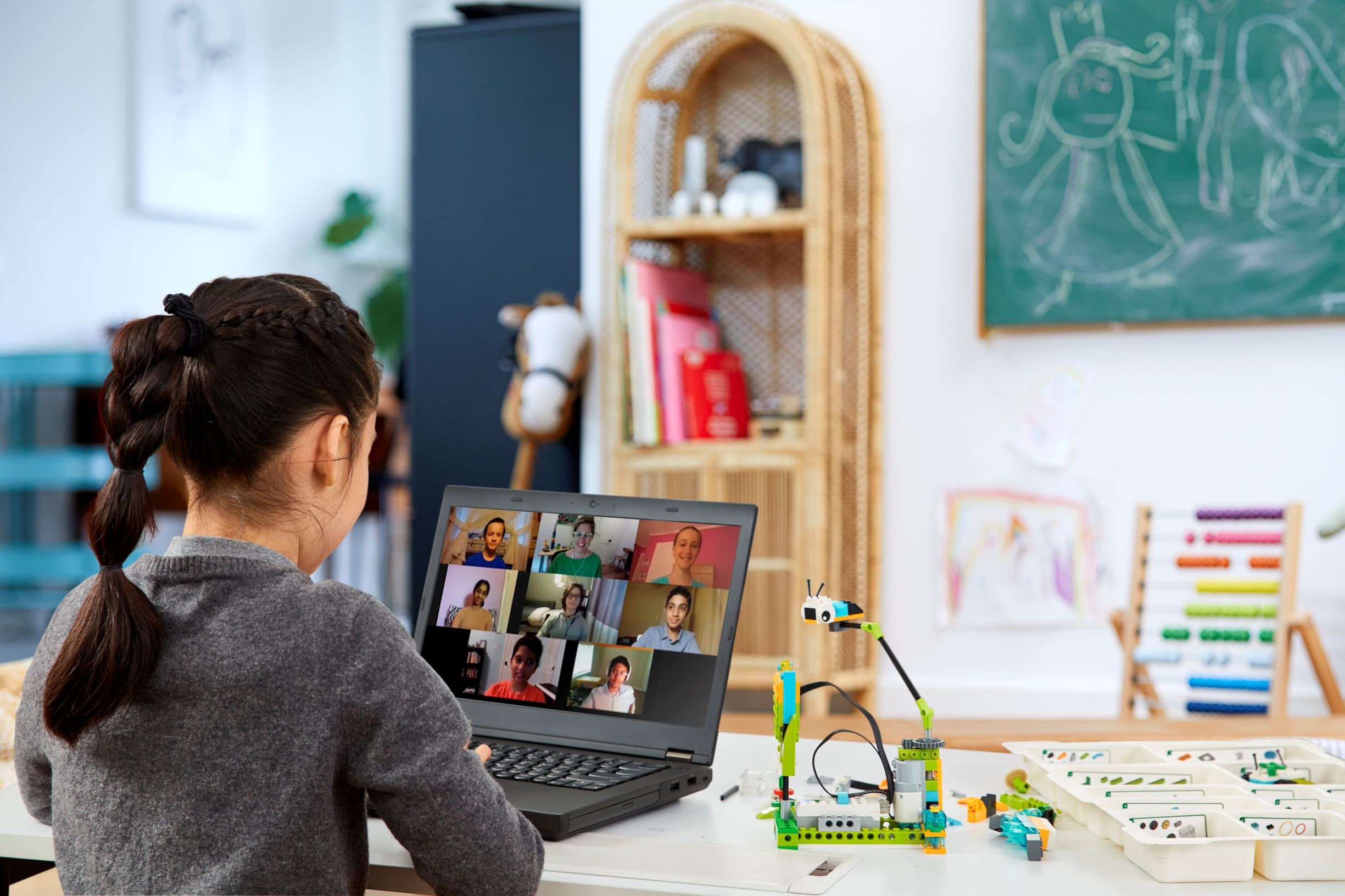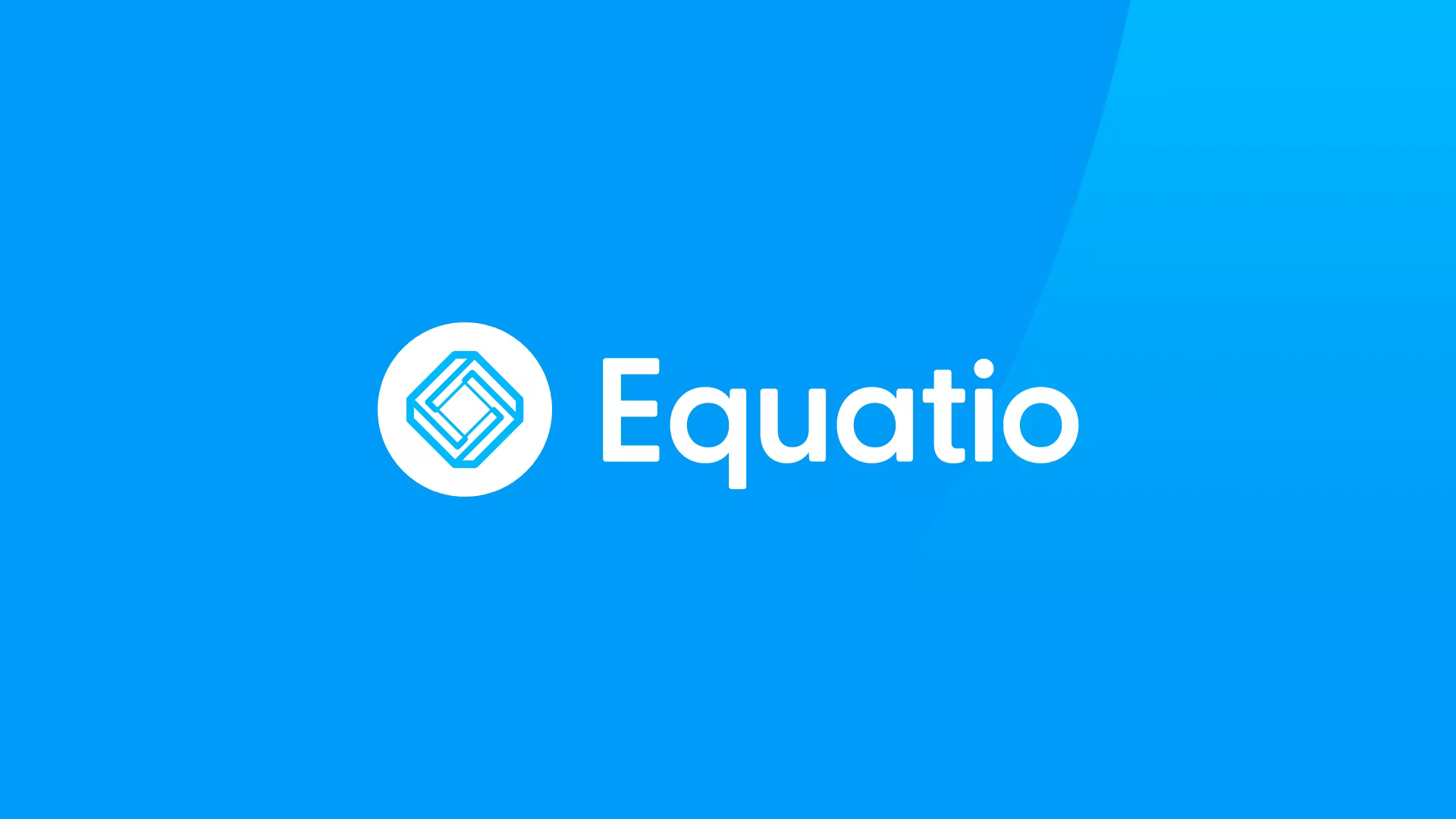How It's Done: Hands-On STEAM Learning in a Remote World
Learning STEAM skills while getting hands-on is possible, even when remote

Who: Tzvi Hametz, Creativity and Innovation Director at Gindi Maimonides Academy and LEGO Education Master Educator
Where: Los Angeles, California
When school abruptly shut down in March, much of the instruction was limited by the conditions of distance learning. When planning for the start of the 2020-21 school year, I was determined to keep hands-on, playful learning going because I believe it is important, especially during times of crisis. I knew that students would be even more engaged and have better learning outcomes if I could send home the STEAM solutions I use in the classroom.
At Gindi Maimonides Academy in Los Angeles, where I work as the Creativity and Innovation Director, we serve grades K-8 and a diverse set of students across varying learning levels. I oversee the technology curriculum and integration of edtech platforms, and the course most near and dear to my heart is our Innovation program, which teaches STEAM learning. I’m proud to say that it’s a beloved program at every grade level because it brings students together to get hands-on experiences and learn through play, providing a much-needed sensory break from traditional classwork.
I like to think of these courses as “where the rubber meets the road,” because students can take their knowledge from class and apply it in a creative and playful way.
How it's been working
I was able to coordinate with a handful of my Innovation class students to send home the LEGO Education solutions they would ordinarily use in the classroom.
While using the sets at home, students have embarked on a project that reflects what we are facing in the world right now. Inspired by the challenge to #RebuildTheWorld, students are rethinking their schools, homes, communities, houses of worship, and play spaces to consider what would we do if we could build these spaces all over again. When the world reopens, what do we want it to look like? What should we consider and what are our inspirations? Asking questions like these helps inspire students and encourages them to think in unique and out-of-the box ways.
Tools and ideas to transform education. Sign up below.
Positive results
This has become a positive inflection of playful learning throughout several classes. Students and teachers are clamoring to get the opportunity to use STEAM solutions in their virtual classrooms. In the meantime, many teachers are coming up with ways to carve out space for playful learning in their valuable class time on their own.
Pro tips
Encourage asynchronous learning: When sending home any sort of hands-on STEAM tools, I recommend keeping the learning asynchronous to allow students to explore and learn in their own time. I check in with students individually to help as needed, but for the most part, I suggest having students lead their own learning. Create broad checkpoints to direct and scaffold learning without showing students exactly where to go.
Help get them oriented: We ran through virtual builds using CoderZ Adventure Course and MakeCode to help students become familiar with coding virtually before getting hands-on. Starting virtually helped students build their confidence and acted as the orientation into using robotics.
Create challenges: In my arena, students are not graded for their work, so they are able to try new builds and codes without fear of failing a class. No matter your school’s grading policy, it’s important to create a safe space for students to embrace meaningful failure and build their confidence to take risks and try new things. Framing tasks as challenges give them a chance to test their ideas, fail and try again, making the learning even more engaging.
Use a variety of resources: We are using Khan Academy and Disney’s Imagineering in a Box course as a framework for this particular hands-on STEAM learning virtual curriculum, guided by our school’s dual-curriculum approach. Whatever you’re doing, whether in-person or virtual, there is likely already a resource available to help guide you, and a quick Google search or asking your peers can save you invaluable time and energy.
Keep it clean: Sanitization is more important than ever. We are planning to keep supplies with one student per semester and then swap with a buddy mid-year following a stop at my lab to ensure all pieces have been properly cleaned. I’ve heard examples from teachers who are making cleaning part of the learning process by starting and finishing the lesson with it.
